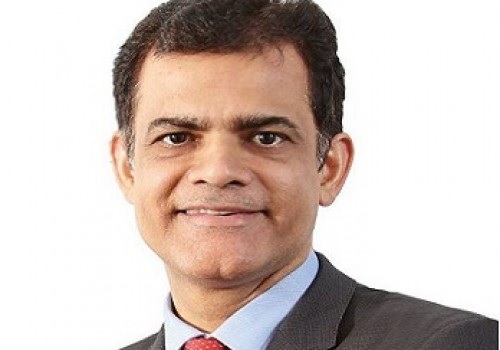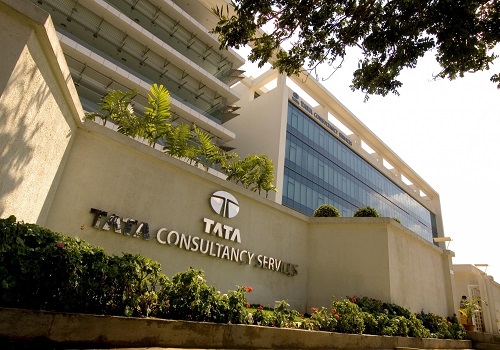Avg. Large Project Completion Time Down 20% to 4.9 Years in H1 2024 from 6.1 Years in 2019

In what can be seen as a combined effect of RERA, modernisation of construction technology, and the increasing market share of large and listed developers, the last decade (2014-H1 2024) has seen homebuyers’ wait for possession in large under-construction projects in the top 7 cities reduce to 4.9 years, from 6.1 years in the 2010-2019 period.
Anuj Puri, Chairman - ANAROCK Group, says, "Latest ANAROCK data reveals that the average time to complete large residential projects of 500+ units in top 7 cities clocked in at 4.9 years from 2014-H1 2024, from 6.1 years in the preceding decade. Large and listed players account for nearly 34% of the market today. The stringent rules imposed on project delays by the regulatory authorities have also been a key factor in reducing the completion time.”
All projects launched and completed between 2010-2019 and 2014-H1 2024 in the top 7 cities were analysed in the study, and were further segregated into developments with less than 500 units larger ones with over 500 units.
When it comes to completing large projects, the top southern cities were markedly ahead of their northern, western, and eastern counterparts. For all large projects launched and completed between 2014 and H1 2024, the average completion time was lowest in Chennai with 3.6 years, while Hyderabad and Bangalore clocked in at 4.2 and 4.8 years respectively.
“For most large projects in NCR and MMR, developers had purchased land outright, thereby compromising their overall financial health and delivery capability,” says Puri. “On the other hand, most projects in the main southern cities are joint developments where landowners usually get a certain share of the developed units. In NCR, extreme weather conditions and the statutory restrictions imposed on construction when the pollution levels rise also play affect construction timelines in the region. Most developers have gradually reduced their leverage and with stronger financial conditions, are able to focus on execution.”
It is noteworthy that at 36%, Chennai has the highest reduction of construction time among the top 7 cities, despite incessant rains during the monsoon season causing major challenges..
Small & Large Projects: Completion Trends (2014-H1 2024)
The average time taken to complete smaller projects of less than 500 units in the top 7 cities was 4.0 years, and 4.9 years for large projects of >500 units each.
- In Kolkata, large projects launched and completed between 2014 to H1 2024 took the longest average time to complete, at 5.7 years.
- In MMR, it took an average of 4.7 years to complete small projects, and around 5.2 years for large projects.
- In Pune, the average project completion time was 4.3 years for small projects, and 5.4 years for large ones.
- In NCR, homebuyers waited an average of 4.7 years for small projects and 5.4 years for large ones.
- In Chennai and Hyderabad, the average completion time for small projects was 3 years and 3.1 years respectively, and 3.6 and 4.2 years for large projects, respectively. In Bangalore, it was 3.5 years for small projects and 4.8 years for large ones.

As larger projects gain momentum across the cities and new construction technology is implemented, construction time will reduce further. Continuity of execution across major projects is becoming a major factor with financially sound developers whose sales volumes have enabled continued cashflows.
Above views are of the author and not of the website kindly read disclaimer
















.jpg)



